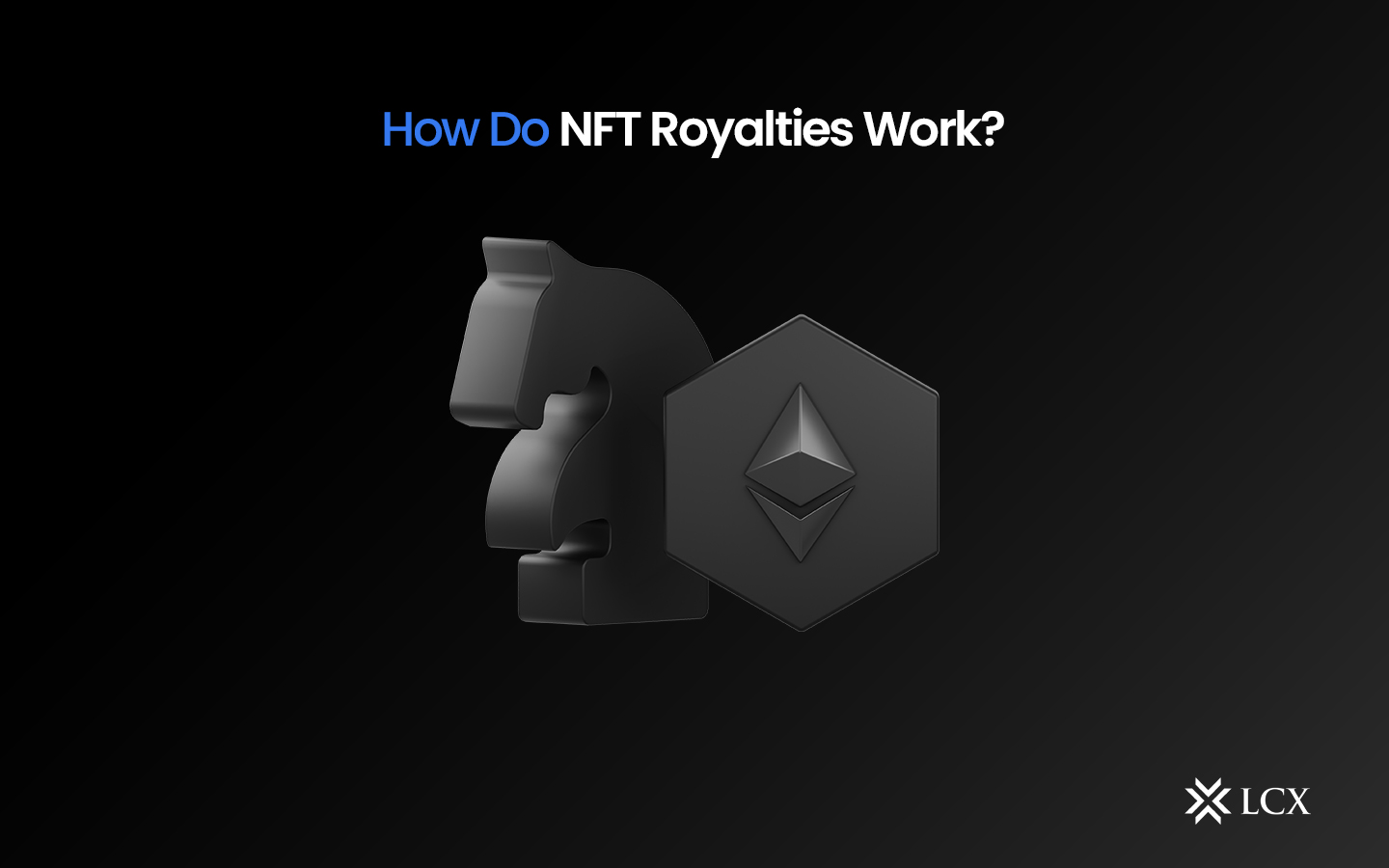Royalty payments, usually referred to as royalties, were once one of the most significant financial instruments. Royalties are contributions made by one organization to another in exchange for the use of their assets. In exchange for monetary compensation, musicians can permit streaming services on the internet, other artists, or broadcasting networks to share their records. Surprisingly, NFTs have brought significant advantages for addressing the drawbacks associated with traditional royalty payment systems. What effect do NFTs have on royalties and the mechanisms underlying them? This section endeavours to provide an answer by providing an overview of them and their work. Additionally, students can identify their benefits alongside the economics underlying NFT royalties.
What Are NFT Royalties?
An NFT royalty is a predetermined percentage of the selling cost of an NFT that is distributed to the author or original owner of the work each time it is resold. This feature essentially permits creators to continue benefiting from their NFTs after their first sale. The NFT royalty is intended to provide creators of digital art, audio, and other digital assets with a reliable means of income. In addition, they enable creators to capitalize on the growing worth of their works as they are resold, generating a new revenue source for musicians and other creators in the digital age.
How Do NFT Royalties Work?
The necessity for music NFT royalties and other artist royalty payments demonstrates the value of NFT royalty payments. These are governed by smart contracts that specify the proportion of royalty payments resulting from secondary sales. By proactively enforcing the restrictions stated for each second transaction of an NFT, the smart contract streamlines the process of making these payments. Smart contracts validate the secondary sale, set aside a portion of the proceeds as royalties, and deliver the funds to the creator. In addition, there are no intermediaries administering the process of these payments made with non-fungible tokens. In addition, secondary sellers or purchasers could not interfere with the entire procedure of royalty payment.
Importantly, it must be kept in mind that royalties do not apply to all NFTs. The responses to “How do NFT royalties work?” would emphasize the importance of incorporating royalty provisions into NFT smart contracts. They can only receive compensation on secondary NFT sales if they have explicitly specified the terms in smart contracts. Internet content, in-game goods and antiques, collectible physical gaming accouterments, and additional assets are eligible for non-fungible token royalties.
For numerous content producers and artists, the possibility of receiving royalties in non-fungible tokens is a key feature. However, the most important factor in the operation of NFT royalties is the marketplace, which may promote different royalty systems. For instance, new marketplaces highlight distinctively innovative strategies for enhancing content creators’ benefits.
Benefits of NFT Royalty
- It offers creators a means to continue earning income from their works after they have been sold. Thus, getting paid for their hard labor will not be a one-time gain.
- It guarantees that creators are compensated equitably as the value of their works increases. Consequently, they can earn higher salaries as the monetary value of their work rises.
- The automatic deduction of royalties from the sale cost of an NFT makes it simpler for creators to get payment for their works. This is due to the fact that the method of agreement is enacted on smart contracts without a middleman; once the NFT has been purchased, it is automatically activated.
Conclusion
The introduction to NFT royalties described the incorporation of royalties into smart contracts. Creators are able to choose the amount of royalty payment they desire for secondary sales of NFT artwork or assets. In order for non-fungible token royalties to function, the royalty rate percentage and the NFT market are crucial indicators. Royalties provide information creators and artists with an exclusive opportunity to maximize their earning potential. Additionally, these payments are an indication of the worth of an artist’s work. The examples of music NFT royalties suggest that royalties may also be applied to other types of NFTs. However, the failures of NFT royalty mechanisms have prompted the development of notions such as flexible royalty.










